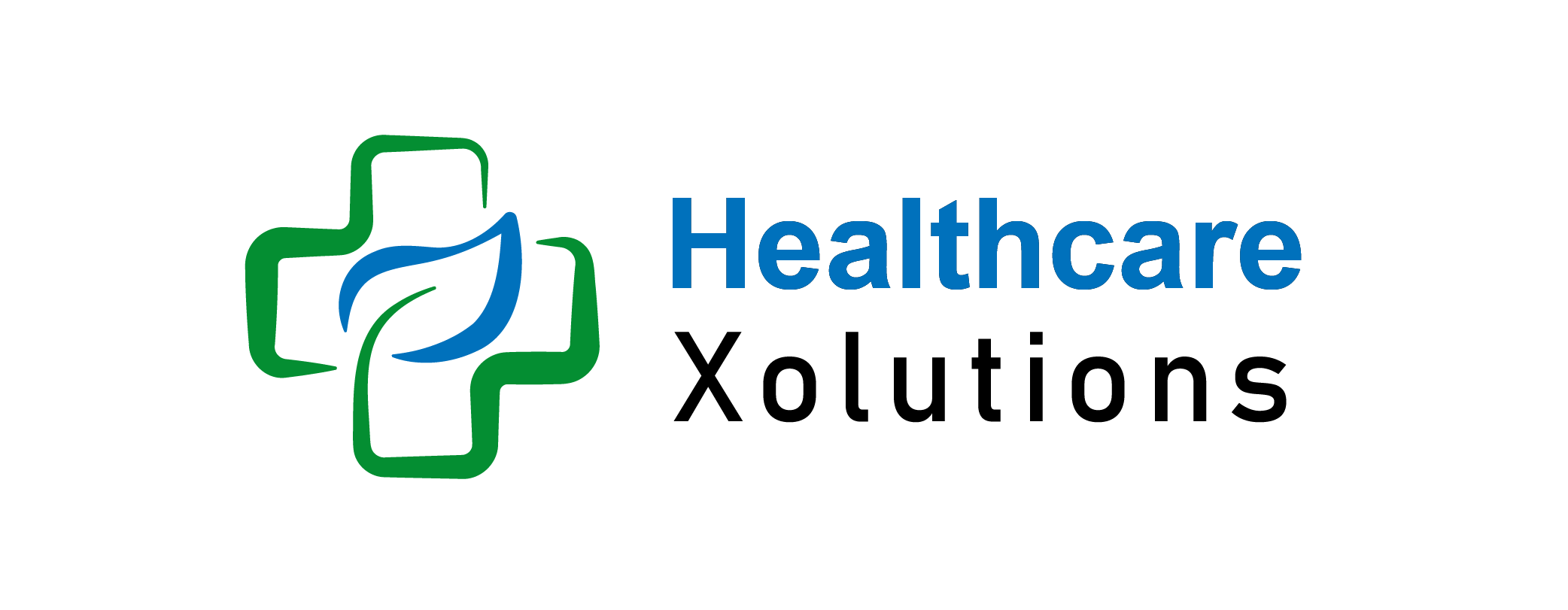Understanding ACA Premium Subsidies: How They Work?

Navigating the Affordable Care Act (ACA) can be complex, but understanding premium subsidies can significantly simplify the process of obtaining health insurance. These subsidies, designed to help make purchasing health insurance more affordable, are crucial for many Americans.
This article provides a detailed look at how ACA premium subsidies function, who qualifies for them, and how to apply.
Key Takeaways:
- Eligibility Based on Income and Family Size: To qualify for a premium subsidy, your household income must be between 100% and 400% of the FPL.
- Calculation of Subsidy Amount: The government pays the subsidy directly to the insurance company, and you pay the difference, effectively reducing your monthly premium.
- Application Through ACA Exchanges: When applying, you will need to provide income verification and other personal information to determine eligibility.
- Impact of Geographic Location: Rural areas might have higher premiums and therefore potentially larger subsidies.
- Changes in Circumstances Must Be Reported: If your income or family size changes, it’s important to update your information on the ACA exchange.
- Subsidies are Reconciled on Tax Returns: If your actual income is lower than projected, you might receive a tax credit. If it’s higher, you might have to repay some of the subsidy.
Table of Contents
What Are ACA Premium Subsidies?
ACA premium subsidies, also known as premium tax credits, are federal subsidies designed to help lower the cost of health insurance premiums for individuals and families purchasing coverage through the Health Insurance Marketplace. These subsidies are intended to make health insurance more affordable for those who qualify based on their income level.
Eligibility Criteria:
The eligibility for premium subsidies is primarily based on income and is calculated as a percentage of the federal poverty level (FPL). Generally, individuals and families with incomes between 100% and 400% of the FPL may qualify for some level of subsidy. However, there are additional factors that may affect eligibility, including:
- Household size: Larger families may qualify with a higher income than smaller families.
- State of residence: Some states have expanded Medicaid coverage, which may affect the income thresholds for subsidies.
- Current health insurance status: Individuals who have access to affordable health insurance through an employer or government program like Medicare typically do not qualify for ACA subsidies.
Calculating The Subsidy Amount:
The amount of the premium subsidy varies based on:
- Income: Lower-income enrollees receive larger subsidies.
- Age: Older individuals generally face higher premiums and may receive larger subsidies.
- Geographic location: Health insurance costs vary by region, which affects subsidy amounts.
- Benchmark plan: Subsidies are calculated based on the cost of the second-lowest-cost Silver plan in an individual’s area, known as the benchmark plan.
The ACA is designed to cap the percentage of income an individual or family has to pay for the benchmark plan. Subsidies are used to cover any cost above this cap.
How to Apply for ACA Premium Subsidies:
Applying for ACA premium subsidies is integrated into the process of enrolling for health insurance through the Health Insurance Marketplace. Here’s how you can apply:
Lower Health Insurance Costs: Discover ACA Subsidies
- Create an account: Visit the official Health Insurance Marketplace website for your state or use Healthcare.gov if your state doesn’t have its own exchange.
- Provide your information: During the application process, you will be asked to provide details about your income, household size, and more.
- Review your options: Based on the information provided, the Marketplace will determine your eligibility for subsidies and show you the adjusted premium costs for health plans.
Impact of Premium Subsidies:
Premium subsidies make health insurance more accessible and affordable, particularly for low to middle-income individuals and families. By reducing the cost of premiums, these subsidies help ensure that more people can obtain essential health coverage, which can lead to better overall health outcomes.
Conclusion:
ACA premium subsidies are a vital component of making health insurance affordable for many Americans. Understanding how they work, your eligibility and the application process can help ensure that you get the right coverage without overstretching your budget. As healthcare needs and financial circumstances change, staying informed and promptly updating your information on the ACA exchanges can help you maintain the right level of subsidy and avoid financial surprises during tax season. Always consult with a healthcare advisor or tax professional to fully understand how these subsidies impact your specific situation.
